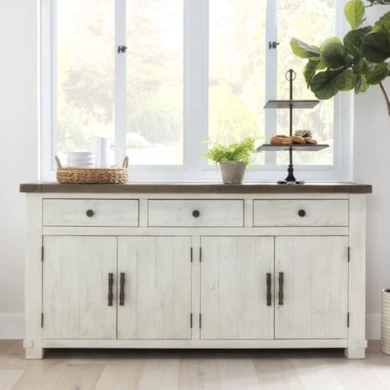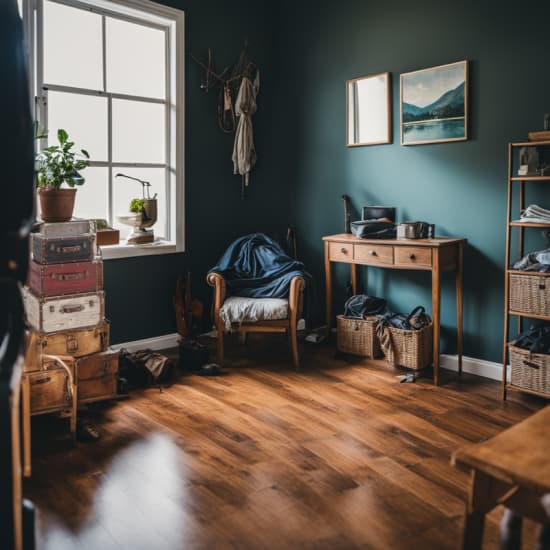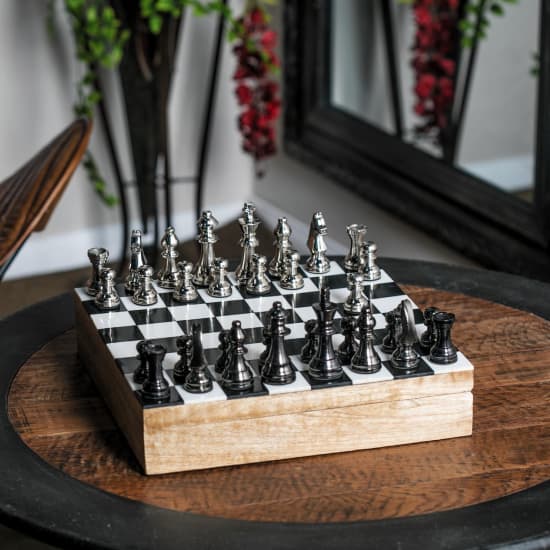Try the Cluttercore Trend — & Skip Organizing
What is Cluttercore?
Cluttercore Aesthetic in Your Space: Mix and Match
Maximalist Intention
Your Cluttercore Vibe
What is cluttercore, and how can it be defined as an interior design style?
Cluttercore is an interior design style that celebrates abundance, personal collections, and a sense of coziness. Unlike other design philosophies that prioritize minimalism and sparse aesthetics, cluttercore embraces the idea of more is more, allowing individuals to showcase their unique personalities and histories through their decor. It’s about finding beauty and comfort in the eclectic and the crowded, making spaces feel lived-in and loved.
What are the key characteristics and features of cluttercore spaces?
Key characteristics of cluttercore spaces include:
- Layers of Objects: Rooms feature layers upon layers of objects, each with its own story or sentimental value.
- Eclectic Collections: From books and vintage finds to art pieces and travel souvenirs, cluttercore spaces display a wide array of collections.
- Personalization: Every cluttercore room is deeply personal, filled with items that reflect the inhabitant's interests, passions, and history.
- Coziness and Comfort: With an emphasis on creating warm and inviting spaces, cluttercore rooms often feature soft lighting, plush textiles, and comfortable furniture.
How does cluttercore differ from other interior design styles, such as minimalism or maximalism?
Cluttercore stands in direct contrast to minimalism, which emphasizes simplicity, clean lines, and a monochromatic color palette with minimal decor. While both cluttercore and maximalism celebrate abundance, cluttercore is more about personalization and the emotional value of objects rather than just aesthetic appeal. Maximalism often involves bold patterns, vibrant colors, and luxurious materials, whereas cluttercore focuses on the sentimental and eclectic mix of items, regardless of their style or period.
Are there specific color schemes, patterns, or textures commonly associated with cluttercore decor?
Cluttercore spaces often end up featuring a mix of colors and patterns that reflect the diverse range of objects displayed. Textures vary widely, from the softness of a well-loved throw blanket to the roughness of a reclaimed wood shelf. The unifying factor is not the aesthetic coherence but the personal significance and story behind each piece.
How can you incorporate sentimental and nostalgic objects into cluttercore design?
Incorporating sentimental and nostalgic objects into cluttercore design is at the heart of this style. Here are a few tips:
- Display Collections: Group similar items together on shelves or in display cases to create visually interesting clusters that tell a story.
- Create Memory Corners: Dedicate a space or a corner of a room to display items related to a specific theme, memory, or period in your life.
- Mix and Match: Don’t be afraid to place objects from different times and places next to each other. The contrast can add depth and interest to your space.
- Use Wall Space: Hang artwork, photos, and keepsakes on your walls to create a personal gallery that reflects your life and loves.
- Rotate Displays: Keep your space dynamic by rotating items on display. This not only keeps the decor fresh but also gives all your cherished items a chance to shine.
Read the Latest
Editorial Disclaimer: Articles featuring tips and advice are intended for educational purposes and only as general recommendations. Always practice personal discretion when using and caring for furniture, decor and related items.
















